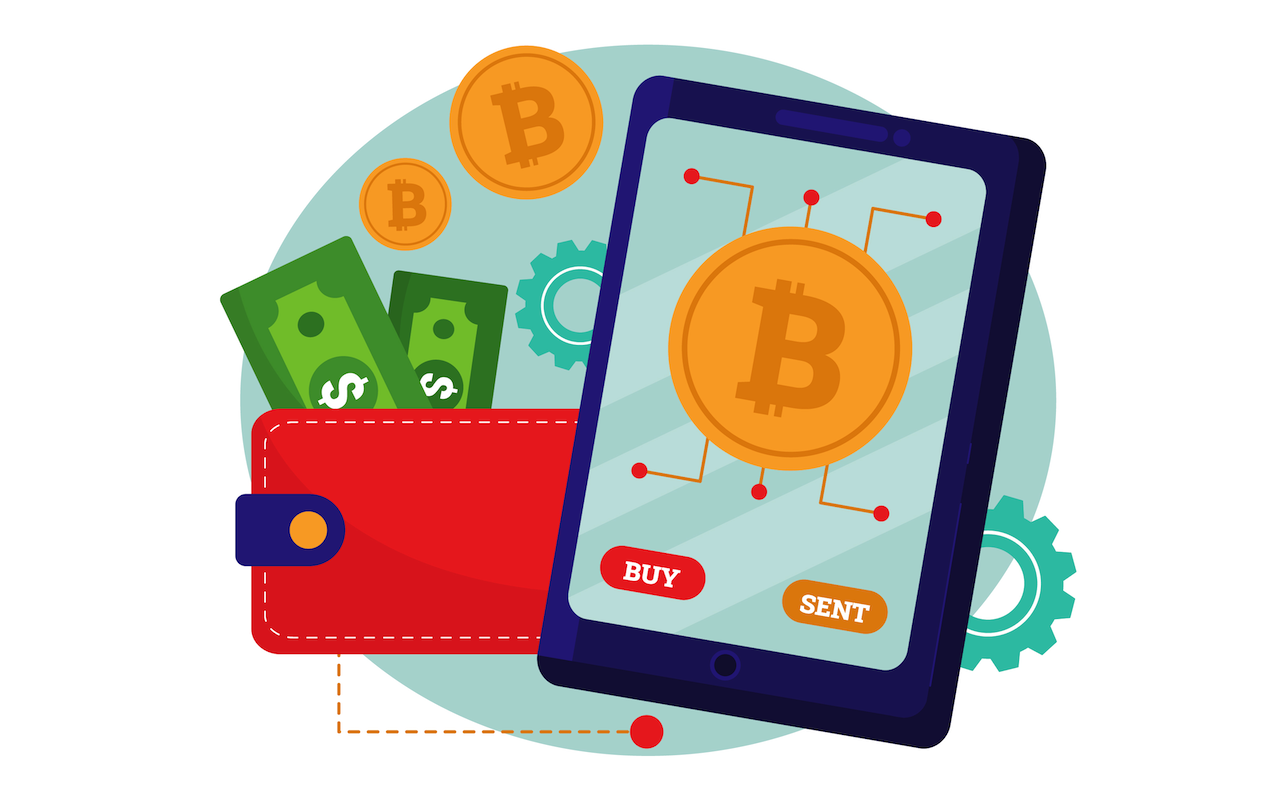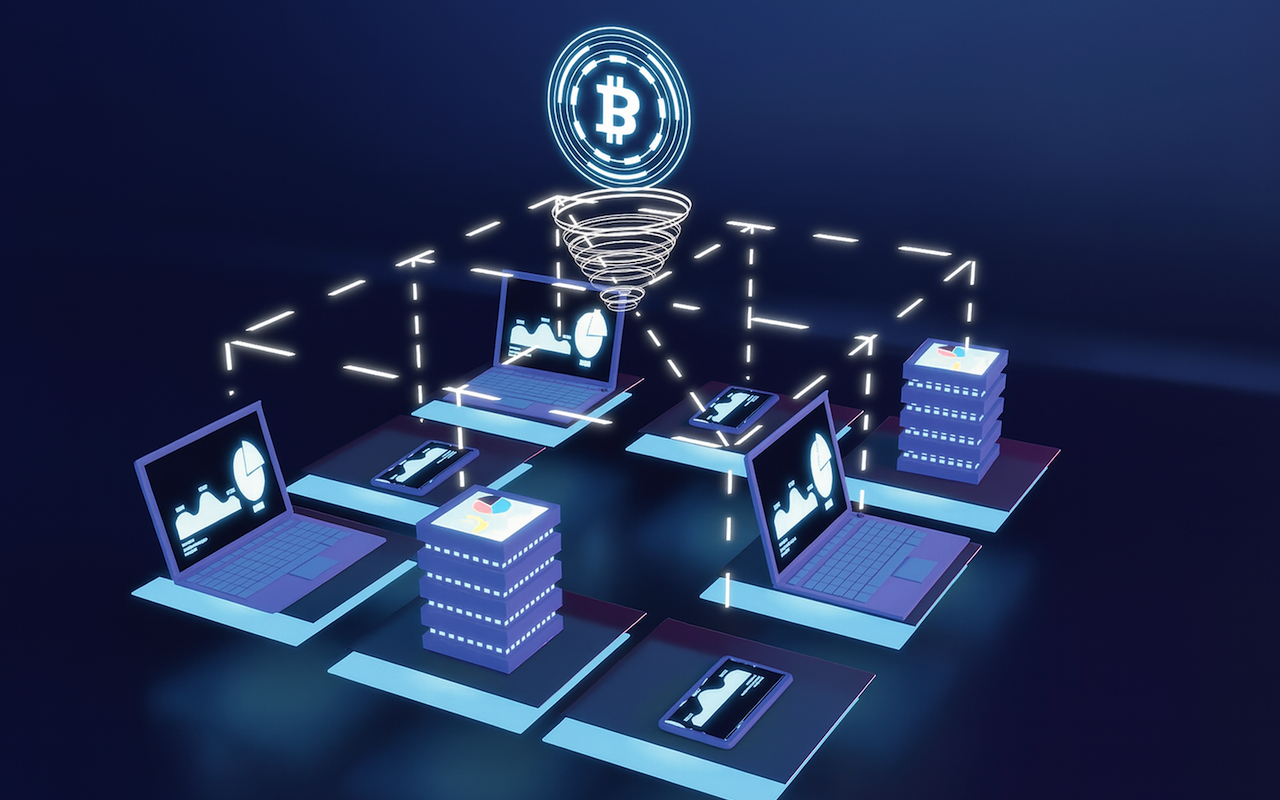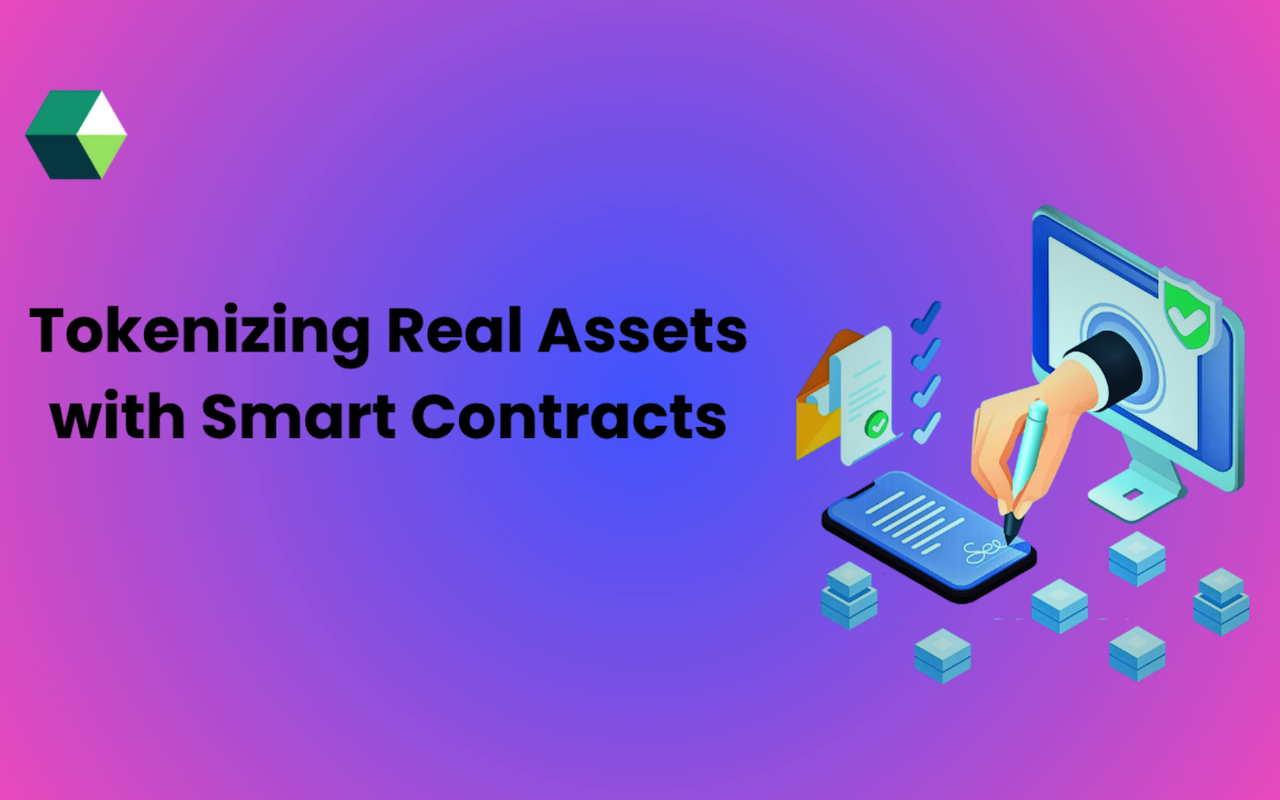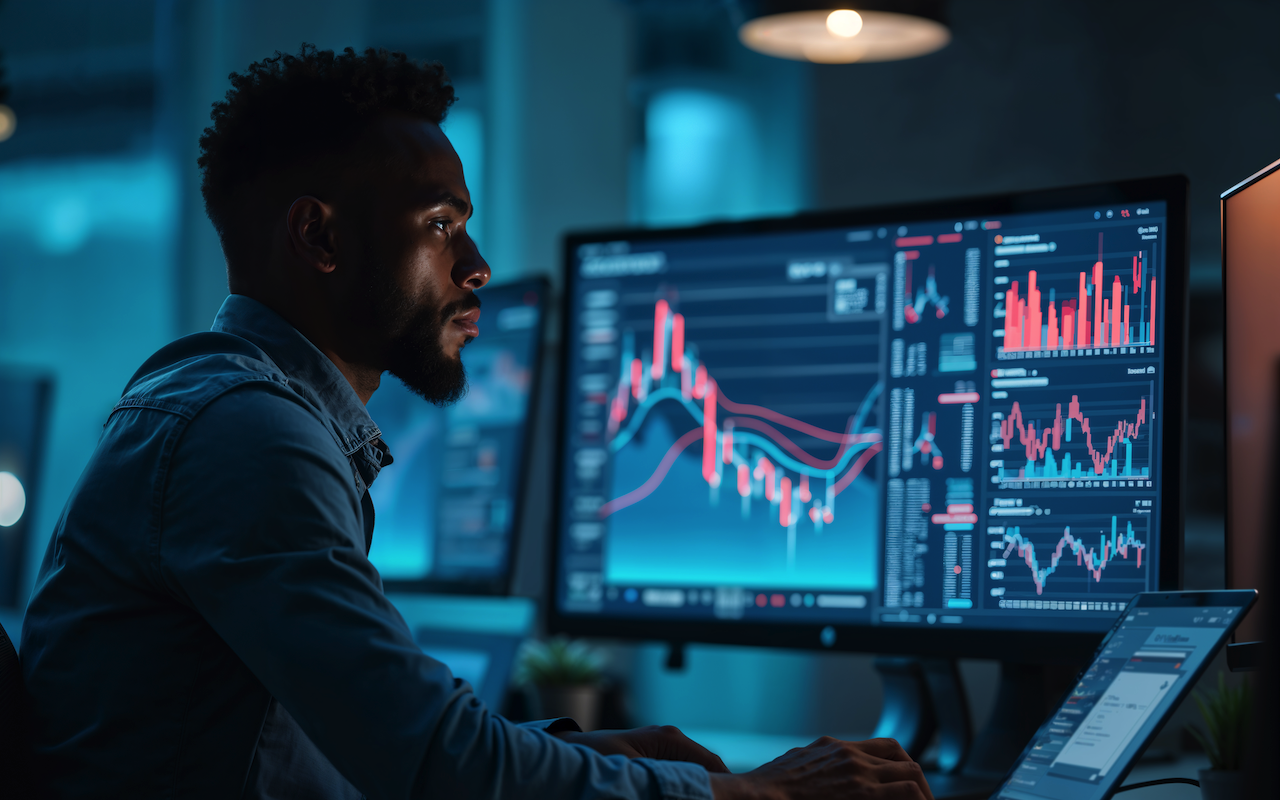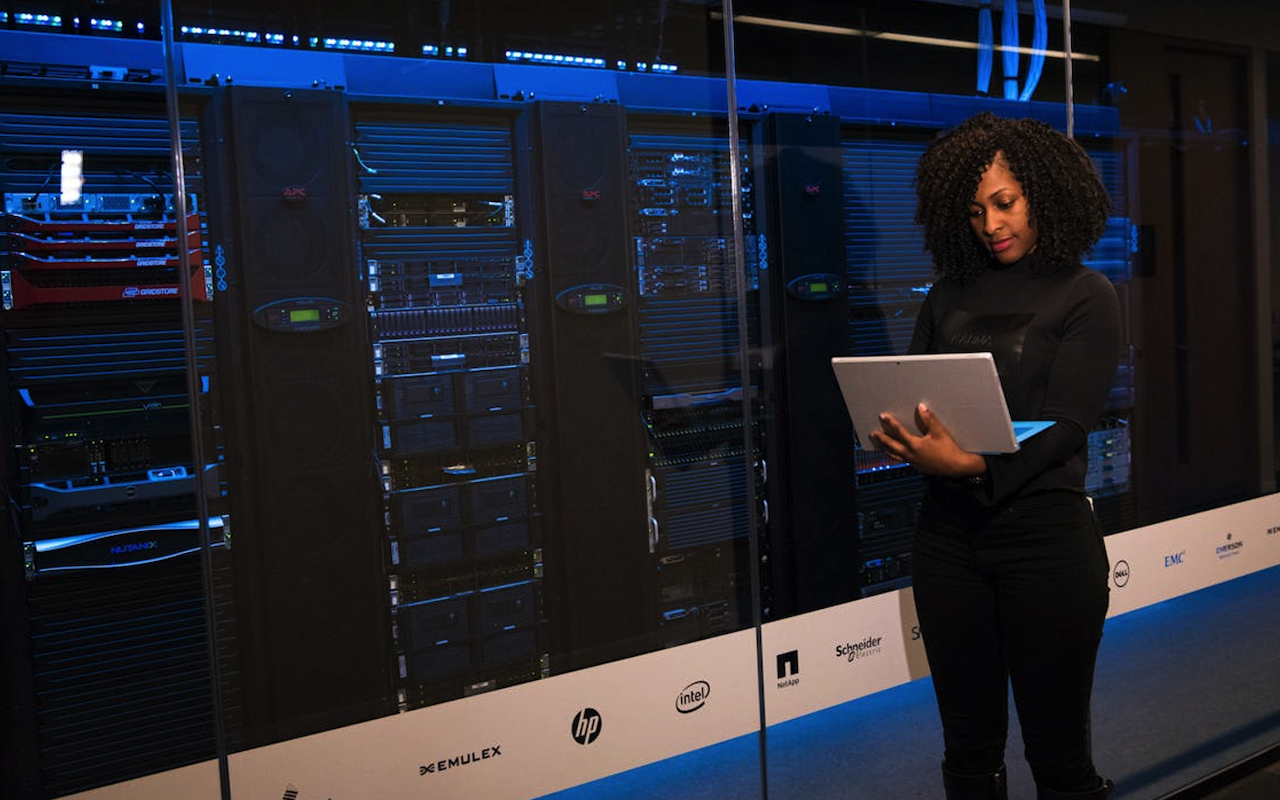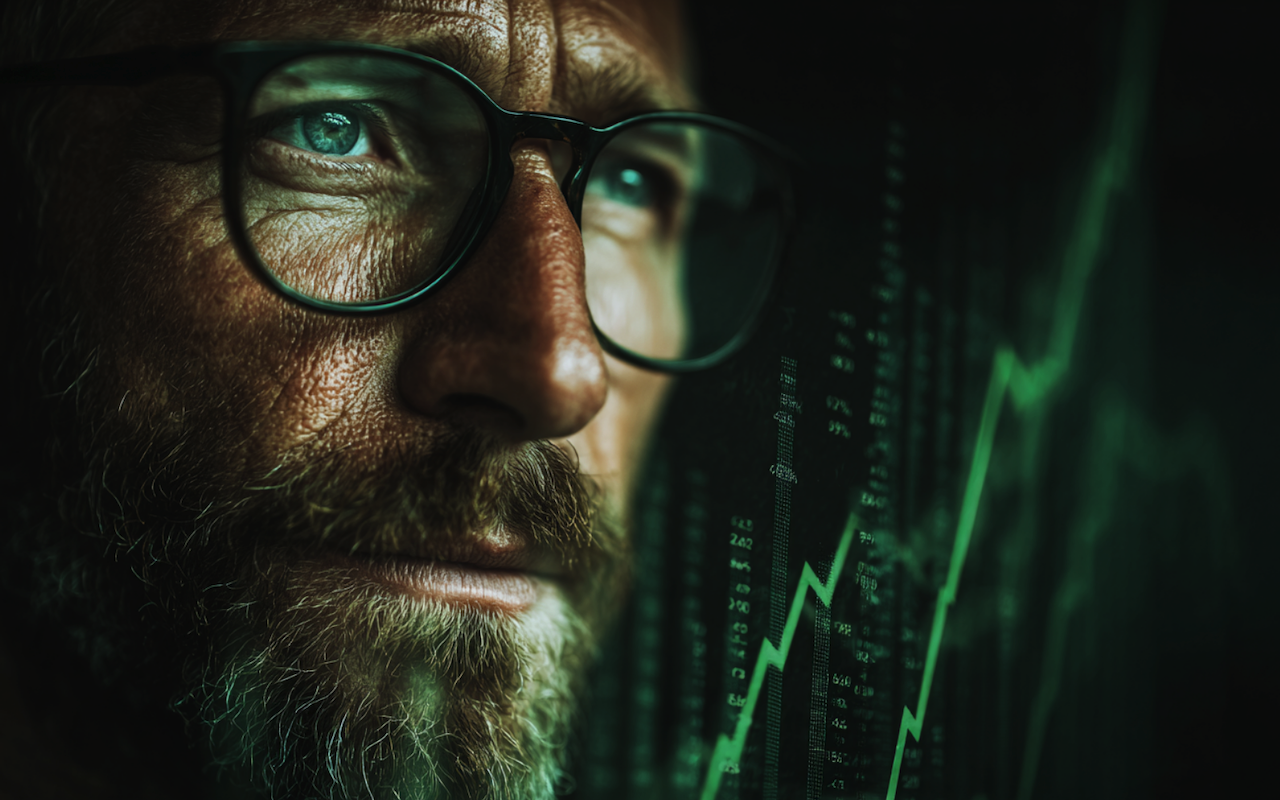
The cryptocurrency trading landscape has experienced a technological revolution through the integration of artificial intelligence and machine learning algorithms. These sophisticated systems process vast amounts of market data, identify complex patterns, and execute trades with precision that surpasses human capabilities. The volatile nature of digital asset markets, characterized by 24/7 trading cycles and rapid price movements, creates an ideal environment for AI-powered automation.


